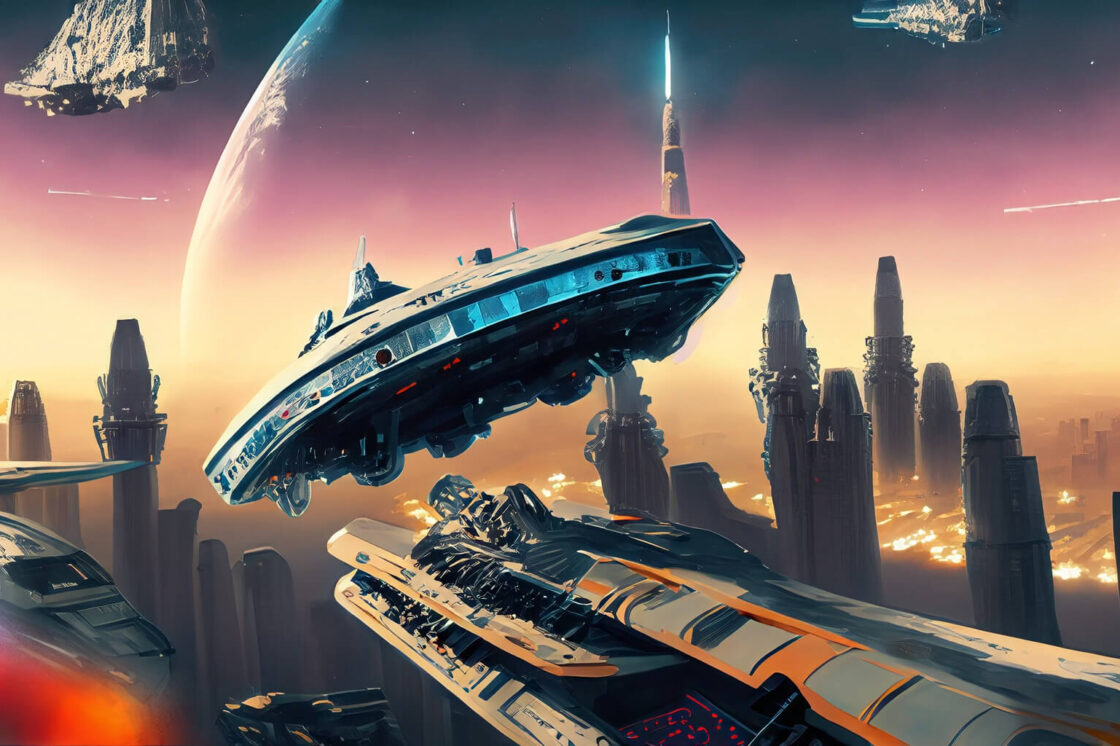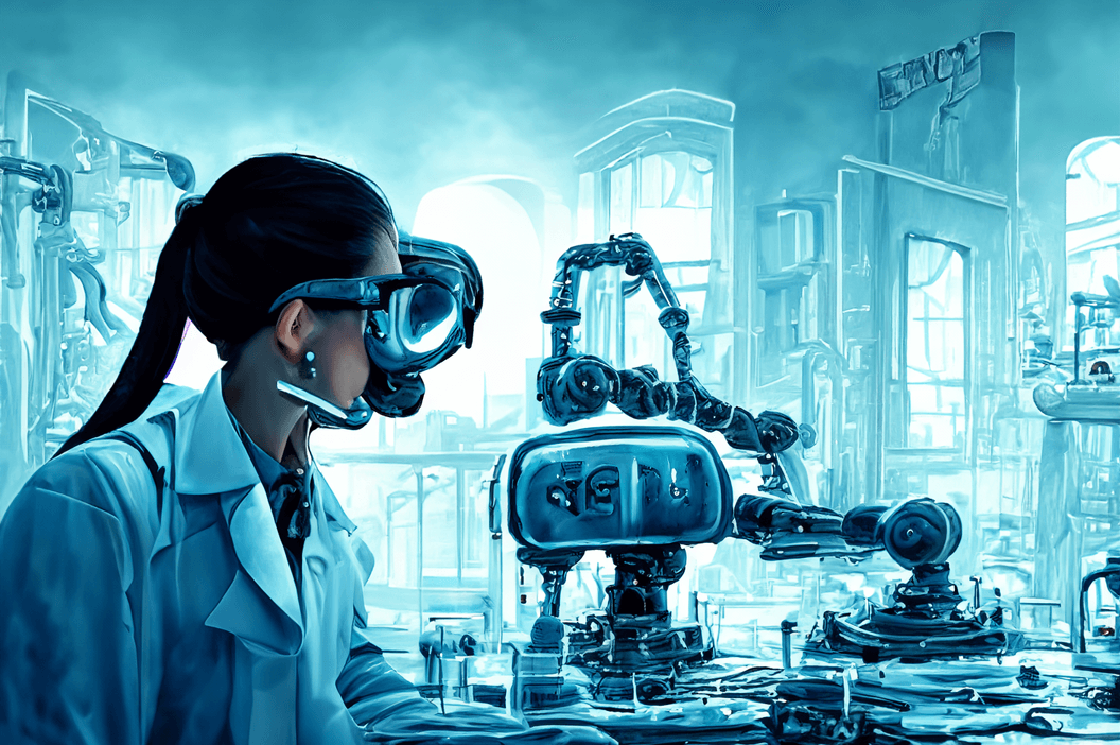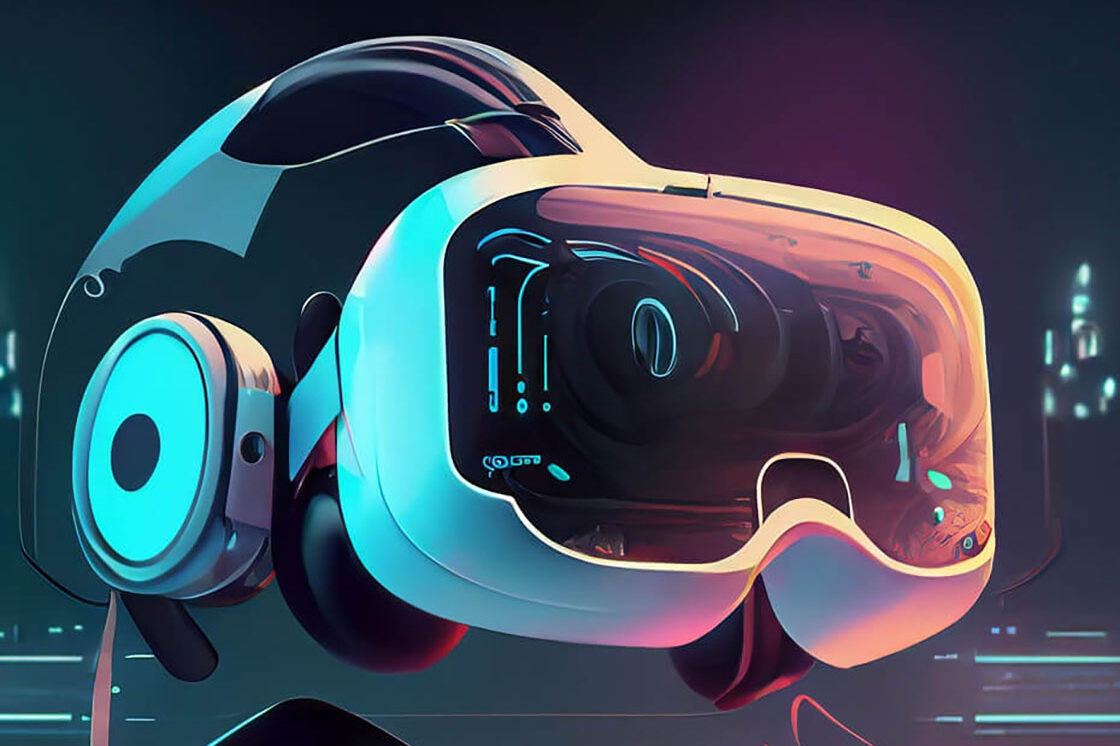The dream of traveling beyond our solar system and exploring distant stars has captivated human imagination for centuries. In the 23rd century, this dream may become a remarkable reality as interstellar travel takes center stage in human endeavors.
One of the most anticipated advancements in interstellar travel is the development of advanced propulsion technologies. While our current propulsion systems, like chemical rockets and ion drives, are efficient for space travel within our solar system, they lack the speed required to reach the stars. The 23rd century could see the emergence of breakthrough propulsion methods, such as warp drives or antimatter propulsion, that would enable spacecraft to achieve a significant fraction of the speed of light.
With these advancements, humanity would be poised to embark on missions to explore nearby star systems and their potentially habitable exoplanets. The discovery of Earth-like planets in the habitable zone of distant stars has fueled excitement about the possibility of finding extraterrestrial life. Interstellar missions equipped with advanced telescopes, scientific instruments, and even robotic explorers could help us answer one of the most profound questions: Are we alone in the universe?
Interstellar travel also opens the door to the colonization of exoplanets. These new worlds could become homes for human settlers, offering a fresh start and opportunities for scientific research and resource utilization. Megastructures and space habitats, like O’Neill cylinders or Dyson spheres, may provide the means to support large populations and create self-sustaining ecosystems in the cosmos.
However, interstellar travel is not without its challenges. The vast distances between stars pose logistical and psychological hurdles, and the preservation of human health during extended journeys remains a critical concern. Additionally, ethical and environmental considerations will shape the way we approach exploration and colonization beyond our solar system.
As we look ahead to the 23rd century, the realization of interstellar travel promises to be one of the most transformative and awe-inspiring achievements in human history. It represents our insatiable curiosity, our drive to explore the unknown, and our commitment to the survival and flourishing of our species. While the challenges are immense, the rewards of reaching for the stars are equally boundless.






